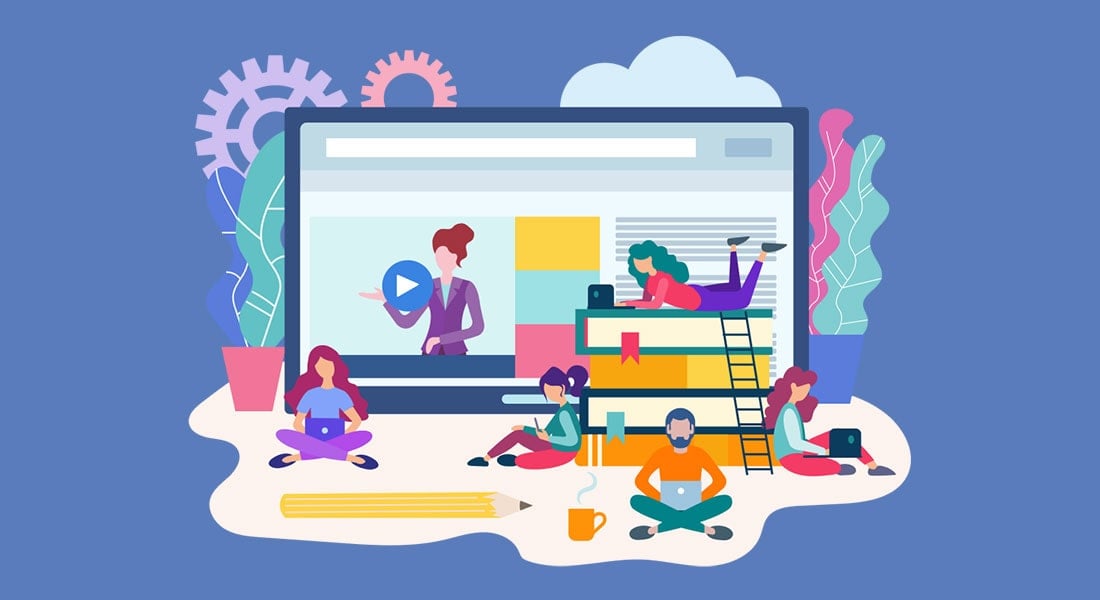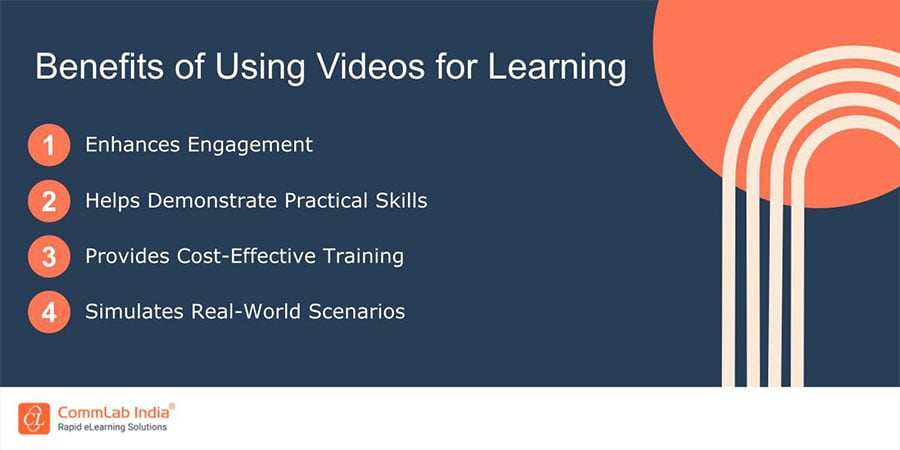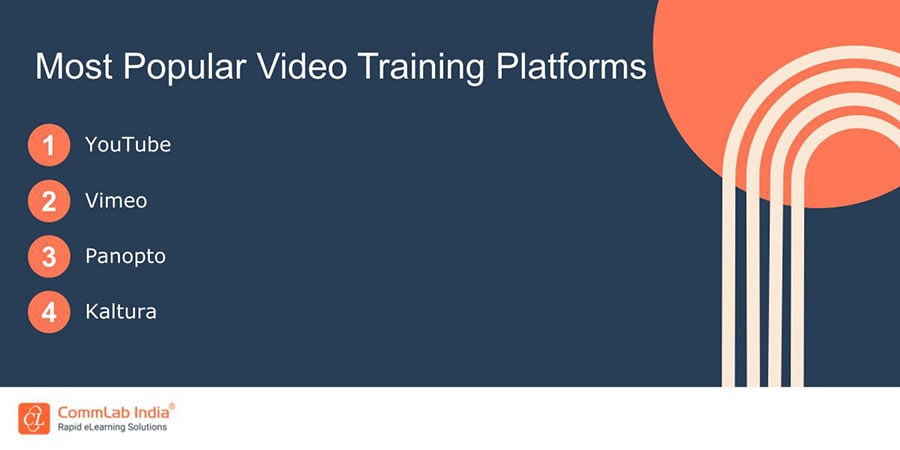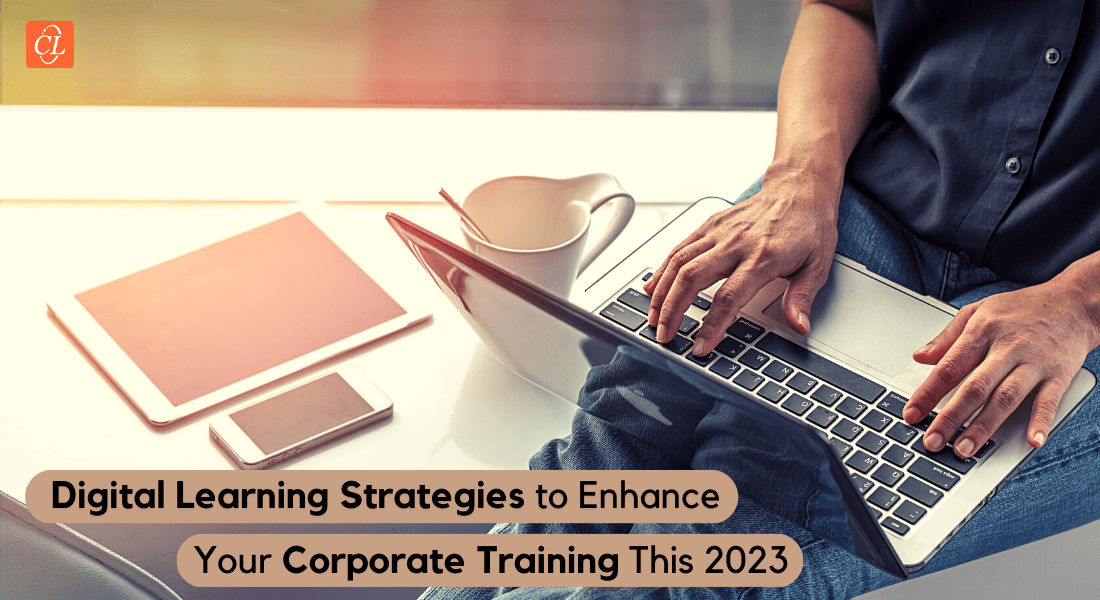Mastering Skills with Video-Based Learning: A Comprehensive Guide
Elevate your skills with video-based learning. Discover the power of engaging, accessible, and effective training in this comprehensive guide.

In a rapidly evolving world, the need for continuous skills development is more critical than ever. Whether you're a professional seeking to stay competitive in your industry or an organization striving to equip your workforce with the right expertise, the method you choose for skills training can make all the difference. Video-based learning has emerged as a powerful and versatile tool for enhancing the effectiveness of skills training, and in this blog post, we'll explore how you can leverage it to achieve your training goals.
Video-Based Learning: The Key to Success in Skills Development.
In a fast-paced world, video-based learning is transforming how we acquire new skills. Discover why it's the key to effective, engaging, and accessible training in this comprehensive guide. Explore benefits, best practices, and emerging trends for successful skills development.
The Power of Video-Based Learning
1. Accessibility and Engagement
Video content is readily accessible to learners, anytime and anywhere. Whether it's a quick tutorial on a mobile device during a commute or an in-depth training module on a desktop computer, video accommodates a wide range of learning styles and preferences. The dynamic nature of videos, with visuals, animations, and real-life scenarios, tends to engage learners better than traditional text-based materials.

In fact, studies have shown that visual content is processed 60,000 times faster in the brain than text, making it an effective medium for capturing and retaining learners' attention. This increased engagement can significantly enhance the learning experience and, consequently, the retention of new skills and knowledge.
2. Consistency in Content Delivery
One challenge in traditional training is ensuring a consistent learning experience for all participants. Instructors may inadvertently vary their presentation style, depth of coverage, or emphasis on different topics. Video-based learning eliminates this variability by delivering content in a standardized format. Everyone gets the same information, presented in the same way, which is particularly valuable for training programs with certification requirements.
3. Cost-Effectiveness
When compared to traditional in-person training or even printed materials, video-based learning can be a cost-effective solution. It reduces the expenses associated with travel, accommodation, and printing materials, making it an attractive option for both individuals and organizations with budget constraints.
→ Download Infographic Now: Why, How, and Where of Video-based Learning
4. Improved Retention
Research consistently shows that video-based learning enhances knowledge retention. The combination of audio and visual elements helps learners absorb and retain information more effectively. Visual cues and real-world examples make complex topics more digestible, leading to better knowledge retention over time.
For instance, think about a complex process like software coding. Watching a video demonstration of coding in action, with on-screen text explanations and a narrator's voice guiding you, is far more comprehensible than reading pages of code in a manual.
5. Flexibility and Self-Paced Learning
Video-based learning is inherently flexible, allowing learners to set their own pace. They can pause, rewind, or fast-forward through content as needed. This self-paced approach accommodates different learning speeds and preferences, ensuring that individuals have the time and space to master new work skills effectively.
6. Personalized Learning
Many video-based platforms offer the opportunity for personalization. Learners can choose the specific content they want to focus on, skip what they already know, and revisit challenging sections. This adaptability caters to individual needs, which is particularly valuable in corporate training where employees may have varying skill levels. Here are a few platforms to get started with video-based learning-

Designing Video-Based Learning Content Effective for Skills Training
Creating effective video-based learning content requires careful planning and design. Here are some key considerations to ensure that your video content is engaging and conducive to effective skills training:
1. Setting Clear Learning Objectives
Before you start creating videos, it's essential to define clear learning objectives. What do you want your learners to achieve by the end of the training? Your video content should align with these objectives and guide learners toward specific skills or knowledge.
2. Choosing the Right Format and Length
The format and length of your video content should match your learning objectives and the preferences of your audience. While some topics may be best suited for short, bite-sized videos, others might require in-depth, longer content. It's important to strike a balance between covering the necessary material and keeping the learner engaged. In many cases, breaking content into shorter segments can be more effective, allowing learners to focus on one skill or concept at a time.
3. Ensuring Accessibility and Inclusivity
Accessibility should be a top priority when creating video-based learning content. Provide closed captions and transcripts for those with hearing impairments, and ensure that your videos are compatible with screen readers. Inclusivity not only accommodates a wider audience but also aligns with ethical considerations and legal requirements.
4. Incorporating Interactive Elements
To enhance engagement, consider incorporating interactive elements into your video content. This could involve quizzes, clickable links, or opportunities for learners to practice the skills they've just learned. Interactive videos can help reinforce learning and keep learners actively involved.
5. Scripting and Storyboarding
Don't underestimate the importance of scripting and storyboarding. A well-written script helps maintain clarity and ensures that the content flows smoothly. Storyboarding helps you visualize how the video will be presented, allowing you to plan transitions, visuals, and any on-screen text or graphics.
Best Practices for Implementing Video-Based Learning
1. Planning and Designing a Curriculum
- Start with clear learning objectives and a well-structured curriculum. Identify the skills that need to be taught and outline the content accordingly.
- Break down the curriculum into manageable units, each with its set of video lessons.
- Ensure a logical progression from basic to advanced topics.
2. Ensuring Interactivity and Engagement
- Encourage active learning by including quizzes, assessments, and interactive elements within your video content.
- Use storytelling techniques to make the content relatable and engaging. Real-life examples and scenarios can captivate learners.
- Keep videos concise and to the point, focusing on the key learning objectives.
3. Assessing Learner Progress
- Implement regular assessments to gauge learners' understanding and skill acquisition.
- Use analytics and tracking tools available in learning management systems to monitor individual and group progress.
- Adapt your training approach based on assessment results, providing additional support or resources where needed.
4. Gathering Feedback and Making Improvements
- Encourage learners to provide feedback on the video content, its clarity, and their overall learning experience.
- Use this feedback to continuously improve your training content and delivery methods.
- Stay up-to-date with best practices in video-based learning and incorporate new techniques and technologies as they emerge.
Parting Thoughts!
In conclusion, the power of video-based learning for effective skills training is undeniable. Video's accessibility, engagement, and adaptability make it an ideal medium for modern education and professional development. By following best practices and staying informed about emerging trends, you can harness the full potential of video-based learning to equip individuals and organizations with the skills they need to thrive in an ever-changing world. Check out this insightful infographic if you need to keep a just-in-time video-based learning asset for later use.


![Video-based Learning — The Go-to Strategy for Modern Learners [Infographic]](https://no-cache.hubspot.com/cta/default/59327/01a6bcb1-79c8-44e5-ade9-be0c530d9ae3.png)


